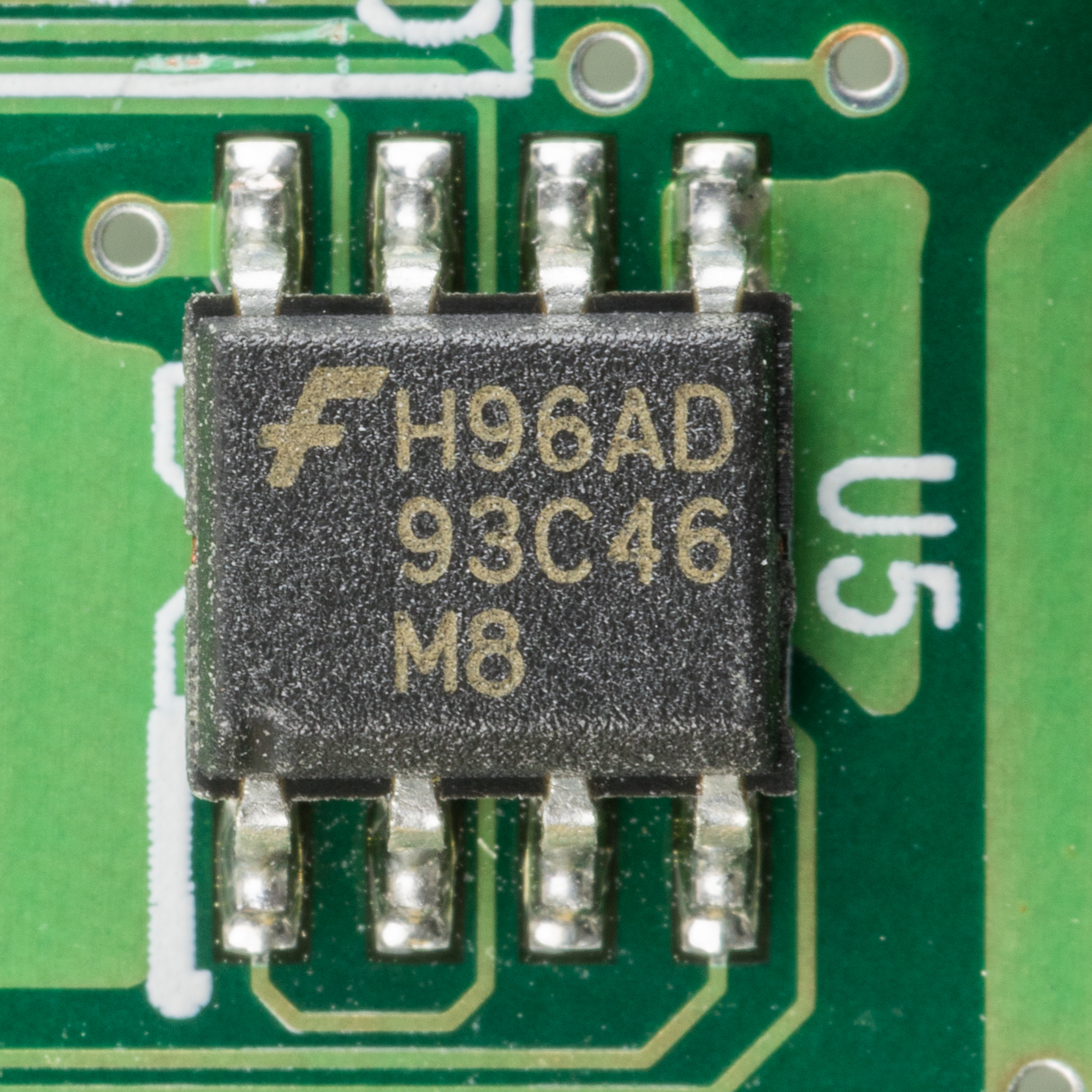Which is Better: CAN vs. RS485 for Serial Communication?
In the world of serial communication protocols, two popular options stand out: CAN (Controller Area Network) and RS485. Both protocols are widely used in various industries for connecting devices and facilitating data exchange. However, each protocol has its own unique features and advantages. In this article, we will explore the key differences between CAN and RS485, their applications, and help you determine which protocol is better suited for your specific needs.
CAN: A Reliable and Efficient Communication Protocol
CAN (Controller Area Network) is a robust and widely adopted serial communication protocol that was initially developed by Robert Bosch GmbH in the 1980s for automotive applications. It was designed to provide reliable and efficient communication between electronic control units (ECUs) in vehicles.
CAN is characterized by its high immunity to electromagnetic interference, making it suitable for use in harsh environments. It utilizes a differential signaling scheme, where the voltage levels on the CAN bus represent logical values. This allows for greater noise immunity and longer cable lengths.
The protocol supports multi-master communication, allowing multiple devices to transmit data simultaneously without conflicts. It employs a prioritized message-based communication scheme, where messages with higher priority have precedence over lower priority ones. This ensures efficient utilization of the available bandwidth.
Initially used primarily in the automotive industry, CAN has expanded its reach and is now widely utilized in various other sectors, including industrial automation, medical devices, aerospace, and more. Its reliability, fault tolerance, and scalability have contributed to its popularity.
Key Features of CAN:
- High immunity to electromagnetic interference
- Multi-master communication
- Prioritized message-based communication
- Reliable and fault-tolerant
- Scalable for various applications
RS485: A Versatile and Widely Supported Protocol
RS485 is a serial communication protocol that was standardized by the Electronic Industries Association (EIA) in 1983. It is commonly used for long-distance communication between devices and is known for its versatility and robustness.
RS485 employs a balanced differential signaling scheme, just like CAN, which allows for greater noise immunity and longer cable lengths. It supports multi-point communication, where multiple devices can be connected to a single bus, facilitating communication between various devices in a network.
The protocol uses a master-slave communication scheme, where one device (master) initiates the communication and controls the data flow, while the other devices (slaves) respond to requests or transmit data only when requested. This makes RS485 suitable for applications where a central controller needs to communicate with multiple devices.
RS485 has found applications in various industries, including building automation, HVAC systems, access control systems, and industrial control systems. Its versatility, ease of implementation, and widespread support in the industry have made it a popular choice for many applications.
Key Features of RS485:
- Greater noise immunity and longer cable lengths
- Supports multi-point communication
- Master-slave communication scheme
- Widespread industry support
- Versatile and easy to implement
Applications and Use Cases
Both CAN and RS485 find applications in a wide range of industries and use cases. Let’s take a closer look at where each protocol shines:
Applications of CAN:
Automotive: CAN was initially developed for automotive applications, and it remains the dominant protocol in the automotive industry. It is used for communication between various electronic systems in vehicles, such as the engine control unit, transmission control unit, and dashboard.
Industrial Automation: CAN is widely used in industrial automation systems, where it enables communication between different devices, such as programmable logic controllers (PLCs), sensors, actuators, and human-machine interfaces (HMIs).
Medical Devices: In the healthcare sector, CAN is utilized for medical devices, such as patient monitoring systems, infusion pumps, and diagnostic equipment. It provides reliable and real-time communication between these devices, ensuring patient safety and efficient operation.
Applications of RS485:
Building Automation: RS485 is commonly used in building automation systems, where it facilitates communication between various components, including temperature sensors, lighting controls, and HVAC systems. It allows for centralized control and monitoring of different building functions.
Access Control Systems: RS485 is utilized in access control systems to connect devices such as card readers, door controllers, and biometric scanners. It enables secure and reliable communication between these devices, ensuring efficient access management.
Industrial Control Systems: RS485 is widely used in industrial control systems, including SCADA (Supervisory Control and Data Acquisition) systems and distributed control systems. It allows for communication between different components, such as sensors, actuators, and control units, in complex industrial processes.
Choosing the Right Protocol for Your Needs
When deciding between CAN and RS485 for your specific application, there are several factors to consider:
- Distance: If you require long-distance communication, both CAN and RS485 are suitable options. However, RS485 is particularly known for its ability to cover longer distances without significant signal degradation.
- Number of Devices: If you need to connect a large number of devices to the same bus, RS485’s multi-point communication support makes it a viable choice.
- Industry Standards: Consider the industry standards and protocols prevalent in your specific industry. For example, if you’re working in the automotive sector, CAN is likely the standard protocol to adhere to.
- Existing Infrastructure: If you already have an infrastructure in place that relies on one of the protocols, it might be more cost-effective and efficient to stick with it, as transitioning to a different protocol can be complex and costly.
Remember, the choice between CAN and RS485 depends on various factors unique to your application. It is recommended to consult with experts in the field or refer to industry-specific guidelines to ensure the best protocol selection for your needs.
Conclusion
In conclusion, both CAN and RS485 are widely used serial communication protocols with their own unique advantages and applications. CAN excels in automotive and industrial automation sectors, offering high reliability and fault tolerance. On the other hand, RS485 is versatile, widely supported, and suitable for applications requiring long-distance communication with multiple devices.
When deciding between CAN and RS485, it is essential to assess your specific requirements, including the distance, number of devices, industry standards, and existing infrastructure. By considering these factors, you can make an informed decision and choose the protocol that best suits your needs.
References:







